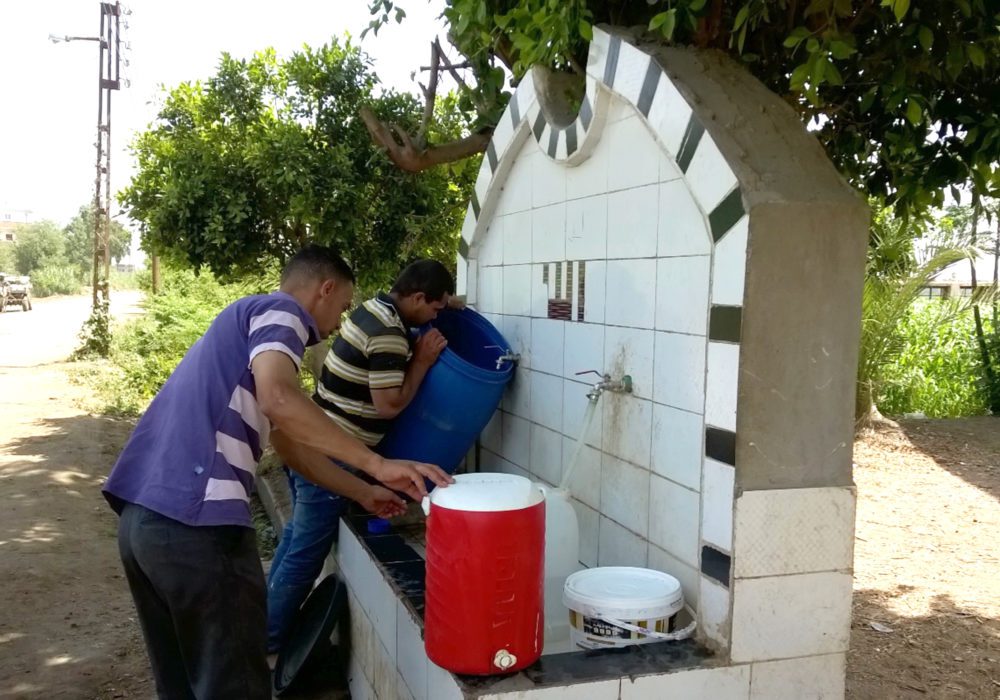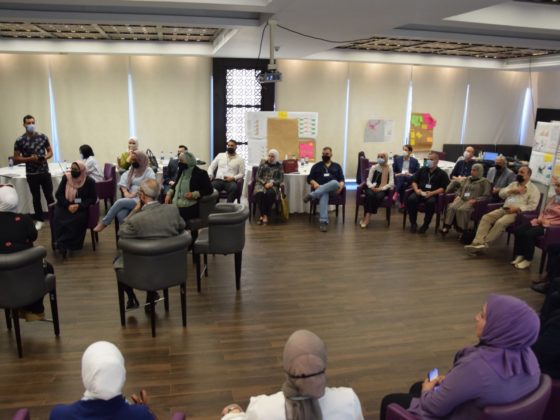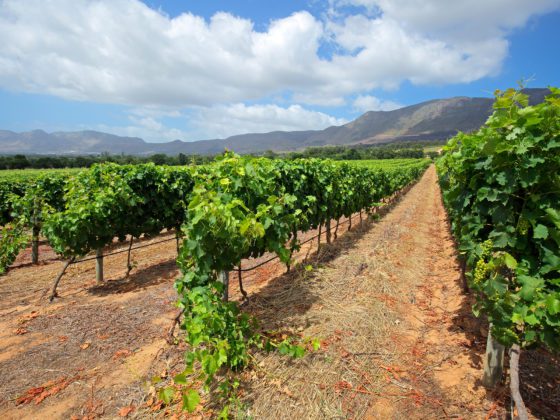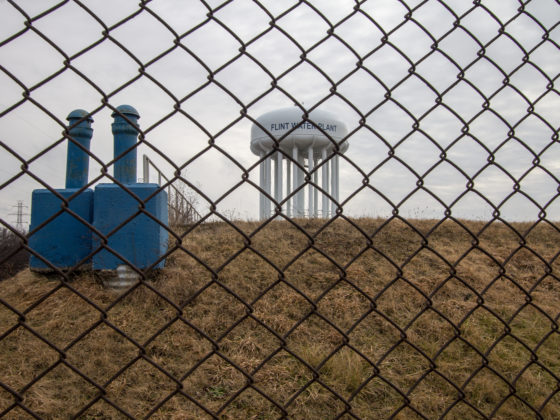Sabils are charitable water provision stations that are common throughout the Middle East and North Africa. Drawing on Islamic frameworks about the importance of sharing water and offering charitable donations locally, sabils are a way to gift water to neighbors and passersby. In rural Egypt, sabils can be established to offer potable water or irrigation water. Tessa Farmer, assistant professor at UVA’s Department of Middle Eastern and South Asian Languages and Cultures and Program in Global Studies, explores research done by Hagar El Didi (International Food Policy Research Institute) and Esteve Corbera (Universitat Autònoma de Barcelona) on both forms of sabils in Shubra Qubala village in the Nile Delta. The research shows that sabils stem from moral ideologies concerning religion, property, and reciprocity, and that sabils greatly enhance access to irrigation and domestic water, but with some limitations in “deep” access.
Why are sabils needed in Egypt? What in rural Egypt gives rise to this charitable system that runs in parallel to state-run water systems for both potable and irrigation water?
Sabils are established because of a gap in equitable access to water, and a need to provide water security. In other words, there is scarcity in irrigation and drinking water.
Unlike in Cairo, where almost everyone has a reliable water connection, most houses in rural Egypt have some potable or piped water connection, but it is not very reliable. Rural water systems are poor or nonfunctional, with lots of interruptions in supply, and they deliver unclean water in need of filtration and treatment. Sometimes there are alarming levels of pollution and sewage mixed with tap water. An alternative or extra source of water is needed. With sabils set up as water filtration stations on the road, people just pass by and fill any bottles or jerrycans they have (see photo above). Users say their tap water is, for example, yellow in color or muddy and smells bad, but they cannot afford to buy filters. They also mention alarming rates of waterborne diseases in the village, and kidney failure.
As for irrigation water, it is available but scarce, and there is a lot of competition. The Nile delta is densely populated and very arid. Millions of farmers rely on agriculture for subsistence. There is a complex network of canals, and the government controls the water flows, which are, roughly, one week of water then two weeks of no water as it is diverted to other villages. However, this schedule is sometimes not aligned with what farmers grow, or it’s insufficient. There’s a lot of competition for water, and with climate change and increasing heat, crops require more water. Within the community, there is unequal access and distribution, because the particular position of a field along the canals matters. You are better off at the head of the canal or upstream, especially as everyone starts pumping once water is available. Therefore, many complement their needs with groundwater, even though it is costly to drill and operate wells. That’s how irrigation sabils come into play. People drill water wells for their lands, but they do not restrict others from using their irrigation water. Groundwater is thus being gifted in charity.
Can you explain the dynamic charitable norms? Can you lay out the moral economy of sabils?
The overarching cultural norms around water sharing come from religious beliefs. Water comes from God. There are lots of references in religious texts suggesting that providing water to humans and animals is the virtuous thing to do. Water is not seen as a commodity. You want to get rewards from God through charity. Sabils accumulate good deeds for every human, plant, or animal that benefits from the water. When someone passes away, a relative would provide a sabil for their soul so that they get rewarded as well. There is, however, also a property rights aspect to it. It is God’s water. Even though it is my well, the water is not mine per se. Finally, there is the aspect of reciprocity—“I help you, you help me, we’re all kind of connected.” This stems from the strong kinship ties in the village, and intricate social networks.
Your research shows how people can be recipients and givers at different times and in different locations. You argue for an alternative way of thinking about the relationships among those engaging in projects of charitable gifting like sabils. Could you elaborate?
Farmers’ land plots are usually fragmented or separated by two different canals that are a mile or two apart. Hence, farmers can be both providers and beneficiaries of sabil wells, because no one can afford to drill a well on each and every small landholding. I could drill a well on one of my plots of land, and share the water with my neighbors. Elsewhere, I might rely on my neighbor’s well.
With drinking water, there is usually a village-wide water station where there’s filtered water and that’s also a sabil, free of charge. People can’t afford to buy their own filters at home. When the village asks for donations for the construction and maintenance of the village drinking sabil, almost everybody contributes. All households in the village contribute to the fountain, poor and rich. Donating toward water provision is seen as a spiritual honor. People usually give and take from charitable water, both for irrigation and for drinking.
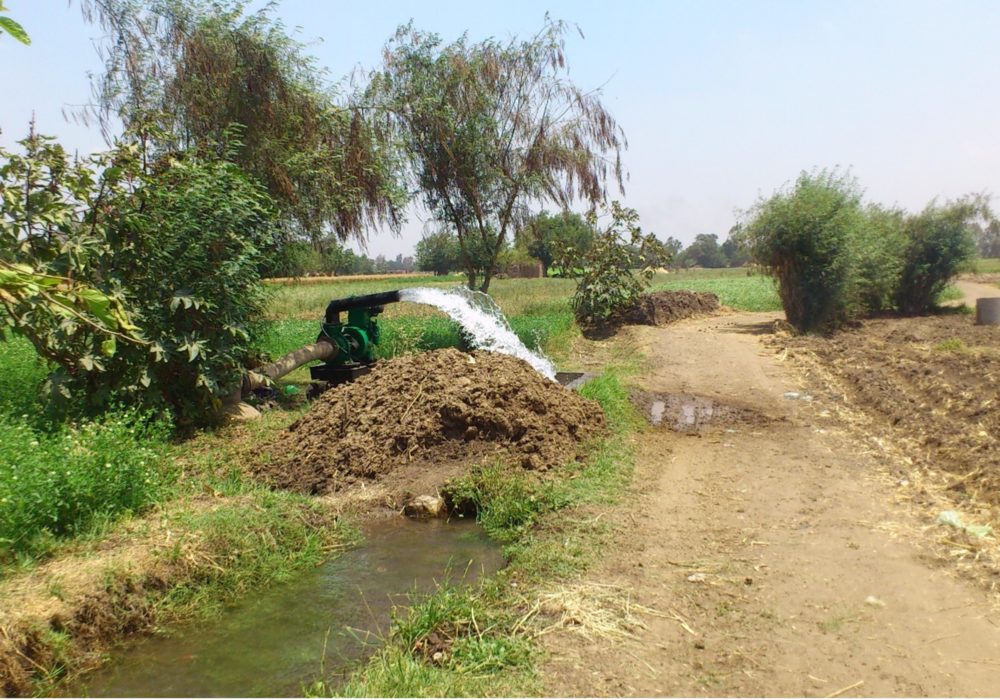
You were careful to point out that sabils don’t erase differences in access. What kinds of inequalities persist?
Sabils help a great deal with enhancing access to water, but there are still some aspects of deep access that are not straightforward. For example, you can access water at the sabil but you may have to pay for a taxi or tuk tuk to get there and back. Some people walk for a mile to access sabils. Their access remains more costly than that of another person who gets water in their kitchen tap. Almost a third of the people I interviewed travel a kilometer or more to reach the drinking water sabil. So there are indirect costs like effort, transportation fees, and fuel costs. Not everyone can afford those.
The same with irrigation. Farmers have their pumps. They withdraw water from the canal around 4 to 5 meters deep. However, if you have to use a well or a sabil well that is not on your land, you also need a pump to connect to the much deeper (60 or 70 meters deep) well. So more power and fuel are needed. When you then pump that water into the dry canal and direct it toward your field, you need an extra pump to draw that water up to your field.
In sum, sabils are not a sufficient condition for equal access. The differences in access have less to do with socioeconomic power relations than with relative location. Sometimes, however, deep access may be hindered because of power relations.
Can you tell us more about changes in cooperative systems and individual actions as technology changes, that is, with shifting technical arrangements between waterwheels and sabils?
In the past, the collective owners of every neighboring 7 to 10 plots would share one waterwheel to lift the water out of the canal and take irrigation turns. With technological advancement and the adoption of private pumps, this method became extinct. One waterwheel was replaced by at least 10 pumps, each working with double the extraction rate at the same time. Farmers admit that such practices of simultaneous individual irrigation cause water shortages and inequities downstream, but it became the new norm. Yet other collective norms (like sabils) emerge to contest the inequity caused by the new norms! You can see over time a constant reshaping of norms. The concern is that the new sabil norms may not fully compensate for the loss of cooperative systems like with the waterwheel.
What key questions do you think scholars should be asking going forward?
We should look at ways to enhance equitable access to water, while taking the overall sustainability of the resource into account. How can we complement access with conservation practices that sustain the water for future generations? Sabils are needed, but they are not enough. They fill a gap and protect those who are vulnerable and unable to access water. But they do not eliminate the underlying problems.
Tessa Farmer, assistant professor at UVA’s Department of Middle Eastern and South Asian Languages and Cultures and Program in Global Studies.

